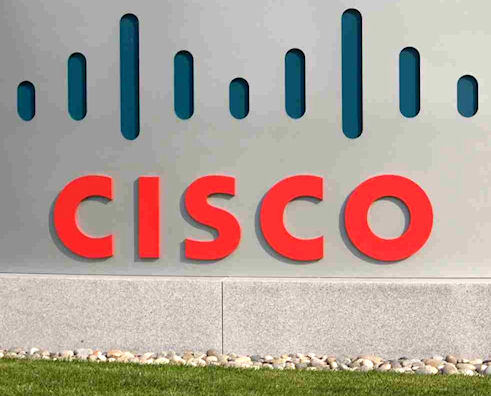

The industry consortium pushing for greater interoperability between all the different video conferencing platforms on the market has received another boost after Cisco Systems revealed it is joining the group.
Cisco’s joining the Open Visual Communications Consortium (OVCC) is a significant step forward for the 8-month-old group, which had some notable heavy hitters as members but was missing the world’s top video collaboration vendor.
Cisco officials said the company is a member of various industry-standards associations and forums and has been pushing for greater interoperability for several years, and joining the OVCC as a board member continues that effort.
“We’re participating in a number of industry associations, and we’re convinced of our need to partner with the rest of the industry to align and consolidate efforts across different organisations,” Odd Sverre Ostlie, senior director of solutions for Cisco’s Telepresence Technology Group, said in a video statement, adding that expanded connection options “across networks, devices and services are important elements to delivering pervasive video.”
The other two were AVI-SPL, which helps design, build and support visual collaboration systems and connections, and TELUS, a Canadian telecommunications company. The three companies bring the total number of members to 27.
The OVCC was launched in October 2011 by a number of networking, communications and video collaboration organisations, including AT&T, Verizon and Polycom. Video conferencing is growing in popularity as businesses look for ways to improve employee productivity while driving down costs, particularly travel costs. IDC analysts in March said global video conferencing revenues grew to about $2.7 billion (£1.6bn) in 2011, a 20.6 percent jump from 2010. IDC expects revenues to jump to $3.2 billion (£2bn) in 2012, a rise of about 18.7 percent.
Cisco’s Ostlie said that the company’s service providers were among the key groups pushing for the networking giant to join the OVCC, and that customers are looking for Cisco and other video collaboration vendors to improve interoperability to make using the technology easier and more widespread.
“Our customers are broadly adopting video, but consumption options beyond the firewall are still fragmented,” Ostlie said. “It can be difficult for users to make video calls across platforms and networks. This is why open standards and interoperability efforts like the OVCC are important.”
Cisco has been pushing video interoperability in various ways, such as its introduction of Telepresence Interoperability Protocol (TIP) in 2010. TIP is a protocol aimed at driving interoperability among immersive telepresence systems, and Cisco has since given it to a third-party standards group, the International Multimedia Teleconferencing Consortium.
The OVCC continues to add organisations big and small as members, most recently Microsoft’s decision in May to join. Having Microsoft, Cisco and others join are important to the consortium’s work, according to OVCC President Andrew McFadzen.
“The OVCC organisation’s focus on bringing high-quality, multi-network, multi-vendor video service to market faster has compelled a distinguished list of global leaders to collaborate on enterprise video services,” McFadzen said in a statement. “Each new members’ participation adds proof that OVCC members will deliver video communication between any vendor, any network and any device.”
American space agency prepares for testing of Boeing's Starliner, to ensure it has two space…
As UK and Europe develop closer military ties, European Commission says it will invest €1.3…
Zuckerberg seeks to revive Facebook's original spirit, as Meta launches Facebook Friends tab, so users…
Notable development for Meta, after appeal against 2021 WhatsApp privacy fine is backed by advisor…
First sign of shake-up under new CEO Lip-Bu Tan? Three Intel board members confirm they…
Trump's nominee for SEC Chairman, Paul Atkins, has pledged a “rational, coherent, and principled approach”…